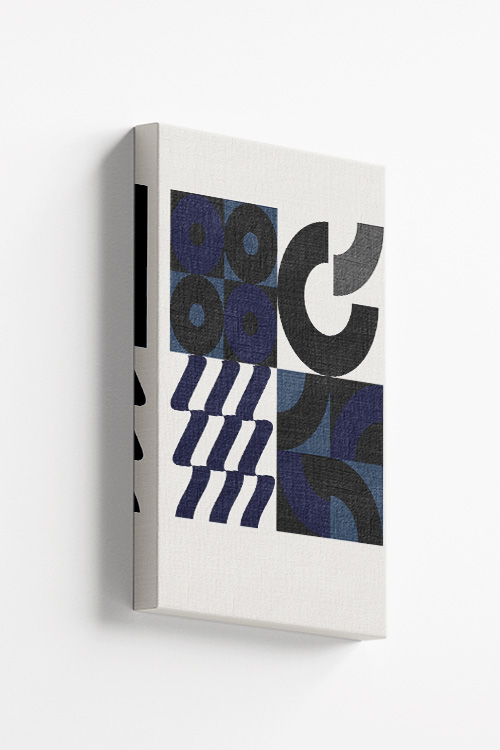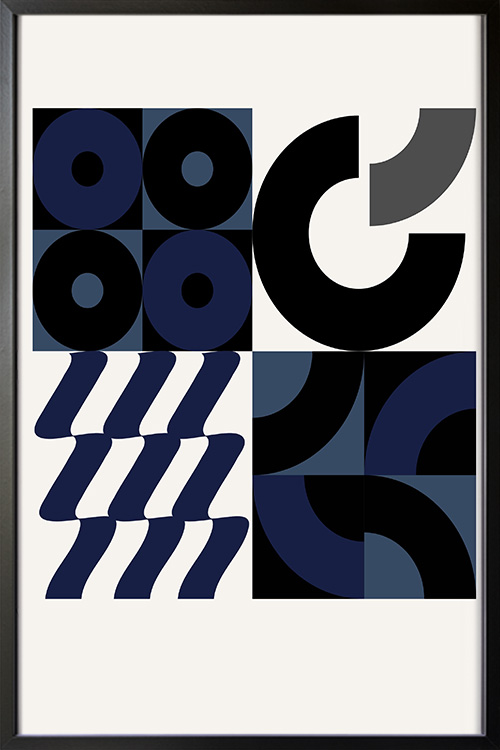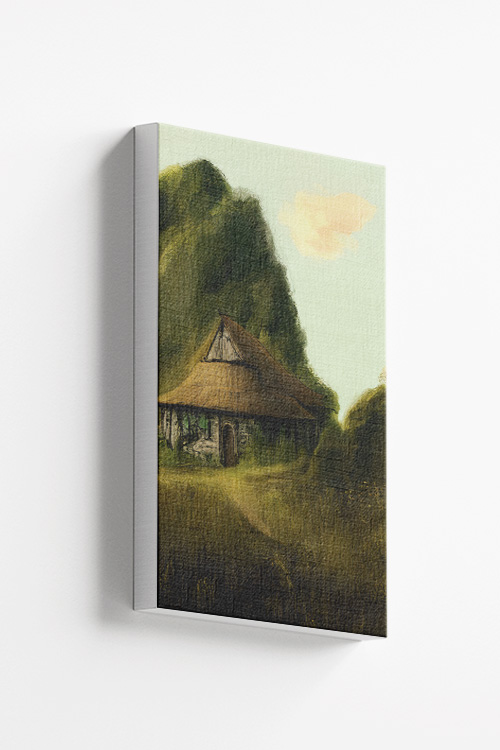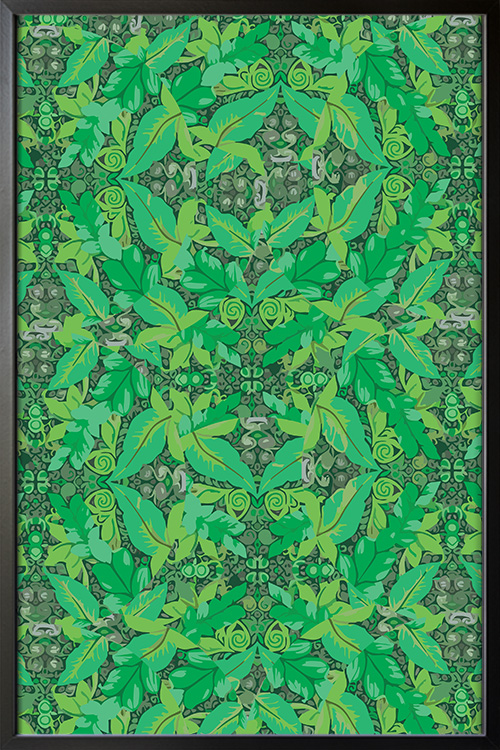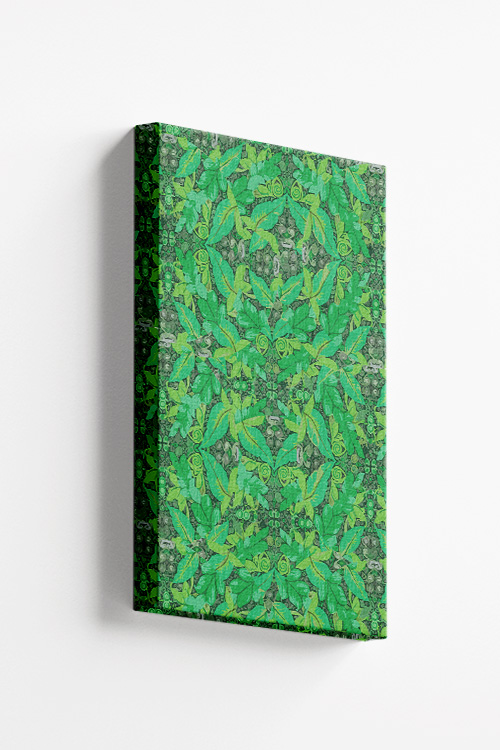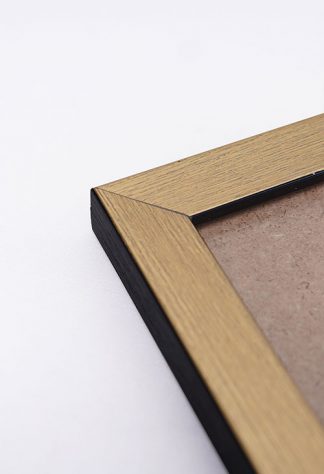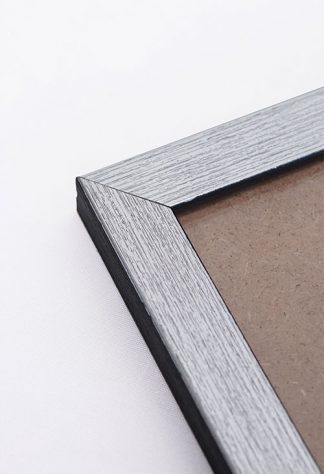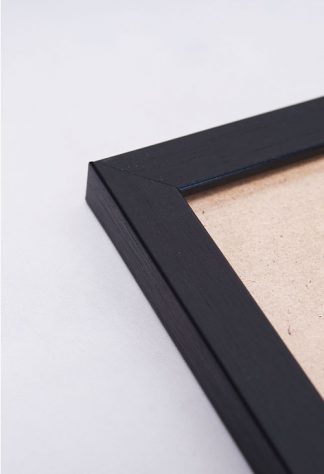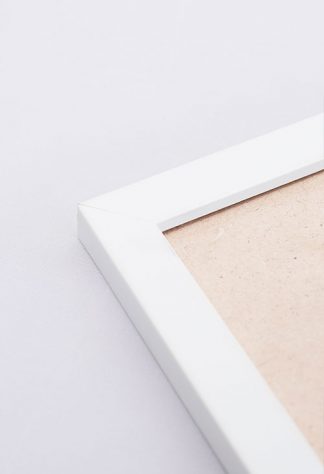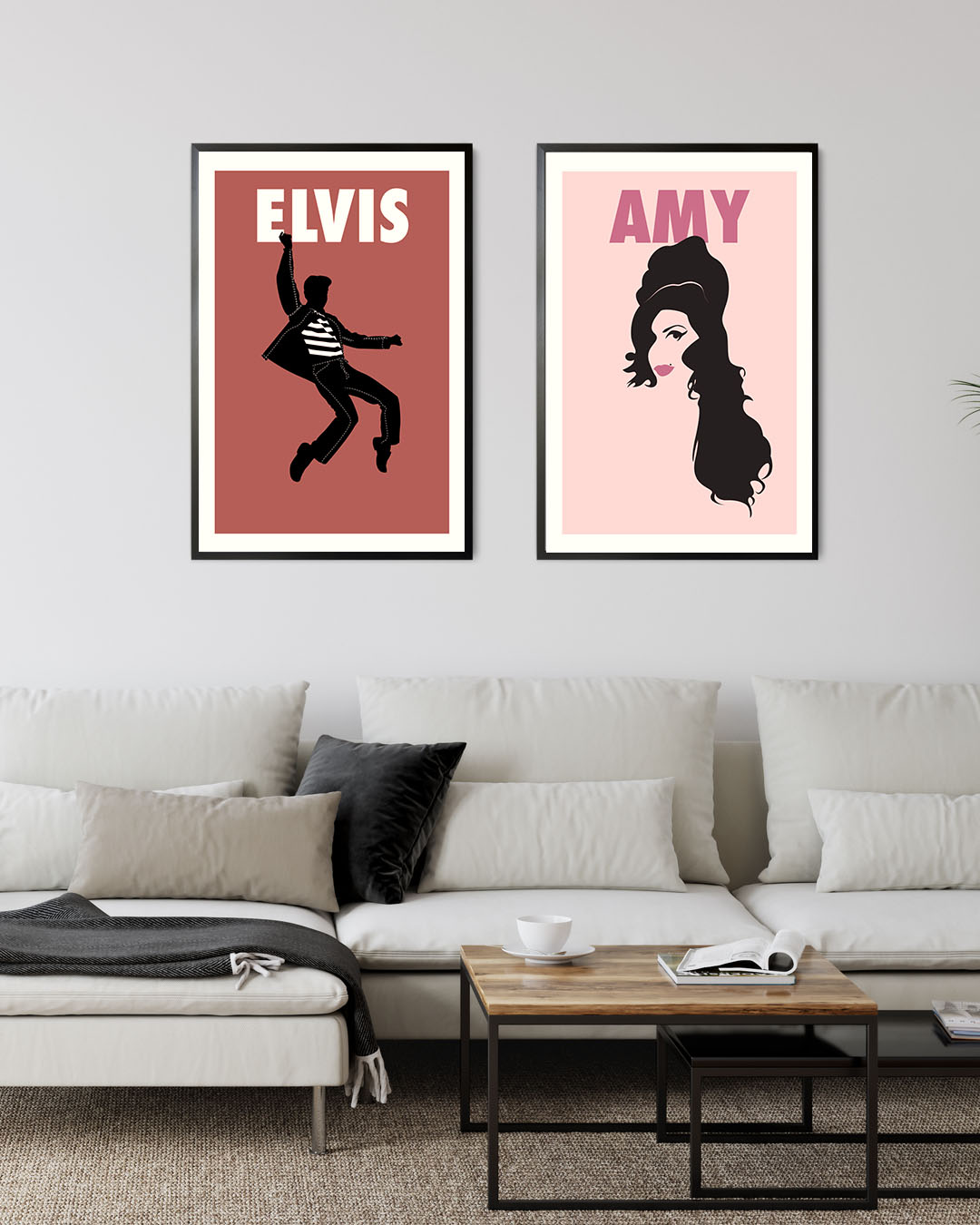
Decorating walls is an exhilarating journey, filled with endless possibilities. Whether settling into a new home or revamping your current space, the diverse range of wall decor options can be a thrilling adventure. Here’s how to conquer common decorating dilemmas and turn your walls into captivating focal points.
Blank Wall Syndrome
Dilemma: You have a large, empty wall staring back at you, begging for attention, but you’re unsure where to start.
Solution: Begin by considering the scale of the wall. Large walls benefit from a focal point such as a large artwork, a mirror, or a tapestry. Alternatively, create a gallery wall with a collection of more miniature artworks or framed photos. This approach adds depth and visual interest to the space while allowing you to showcase personal tastes and memories.
Mismatched Furniture and Wall Decor
Dilemma: Your existing furniture clashes with the style or color of your wall decor, creating a discordant atmosphere.
Solution: Harmony can be achieved by selecting wall decor that complements your furniture. For instance, consider abstract or minimalist art pieces if your furniture features clean lines and neutral tones, for classic paintings or ornate mirrors that echo the style. For more traditional furniture, balancing colors and textures between your furniture and wall decor helps unify the room’s aesthetic.
Fear of Commitment
Dilemma: You’re hesitant to change your walls permanently, such as drilling holes for hanging art or shelves.
Solution: Embrace the beauty of temporary solutions that offer flexibility without compromising on style. Removable adhesive hooks or picture hanging strips are perfect for lightweight decor items. Alternatively, lean artwork against the wall or use decorative washi tape to create a temporary gallery. This allows you to experiment with placement and easily switch things up whenever you desire a change, giving you the freedom to express your creativity without fear of commitment.
Small Space, Big Ambitions
Dilemma: Limited wall space in small rooms makes it challenging to add decor without overwhelming the area.
Solution: Maximize vertical space with shelving units or floating shelves. These provide display areas for art and decorative objects and draw the eye upward, creating an illusion of height and spaciousness. To enhance the room’s ambiance, consider incorporating lighting into your wall decor. Opt for narrow or tall artworks to complement the vertical orientation and avoid overcrowding the walls.
Budget Constraints
Dilemma: You want to enhance your walls without breaking the bank on expensive artwork or decor.
Solution: Get creative with budget-friendly options like DIY art projects, printable artworks, or thrifted finds. Frame inexpensive prints, fabric swatches, or pages from old books to create unique wall displays. Upcycling items like vintage plates or baskets as wall decor adds character without the hefty price tag.
Lack of Personalization
Dilemma: Your walls feel impersonal and lack the warmth and character that reflects your personality.
Solution: Infuse your unique style into your decor choices. Display cherished items such as travel souvenirs, family photographs, or handmade crafts. Mix and match different textures and materials to create an inviting atmosphere. By incorporating sentimental value pieces, you personalize your space and create a visually captivating narrative on your walls, making your house feel like a home.
In a Nutshell
Decorating your walls allows you to express creativity and transform your living space. You can achieve a harmonious balance of style, functionality, and personal flair by addressing common decorating dilemmas with thoughtful solutions. Whether you opt for bold statements or subtle accents, each choice makes your walls an integral part of your home’s story. Embrace the process and enjoy the transformation as your walls reflect your unique taste and lifestyle.
